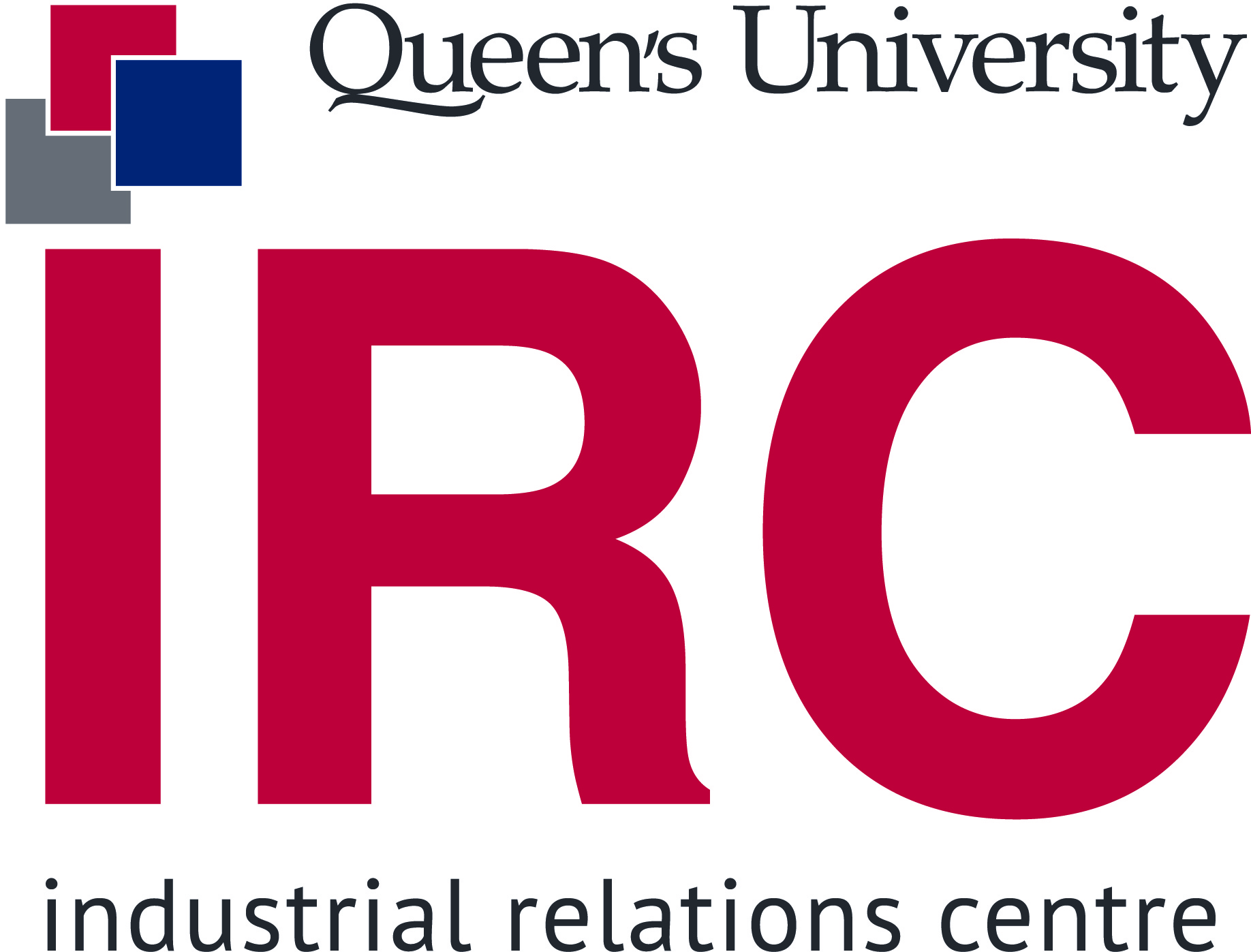
Coaching is a leadership style that is growing in organizational cultures. It is shifting from an optional leadership skill to an expectation of the culture – especially for the retention of employees and leaders. How do you as a leader develop this skill? How do you keep growing and enhancing your coaching ability?
During the pandemic, many leaders found themselves interacting in new ways with their teams – because they had no choice. This was especially true if remote work was new to the organization. Employees were alone in their separate spaces, away from their leader and their peers. Leaders weren’t in close proximity so there were actually less direct statements and less telling. As a result, leaders found themselves asking more questions to check in, rather than walking by giving direction and regularly being present and accessible.
Let’s consider a real situation. I coach leaders, and many of our coaching conversations involve them trying out new ways to better engage with their people. One leader comes to mind. His goal was to learn and use a new skill to better engage his team of ten people. After six months of using more questions and staying curious longer during one-on-one conversations, he reported feeling less overwhelmed and more connected to what was really going on for his team. What did he do differently? He took a coach approach.
Coaching is an approach to facilitate individuals to draw on their own experiences and capabilities, to set and reach their own objectives. Make sense. Yet, many leaders find themselves holding back from adding a coach approach to their leadership style. According to Michael Bungay-Stanier, The Coaching Habit (2016), coaching helps leaders break away from three vicious cycles. Which one describes how you may be feeling?
Creating overdependence: In this vicious cycle, you have trained people to be over reliant on you. You are a bottleneck. This may have developed unintentionally, yet here you are. If you take a coach approach, your team will be more self-sufficient, and have an increased level of engagement and autonomy, which could lead to their own mastery of skills.
Getting overwhelmed: In this vicious cycle, you are so overwhelmed with the never-ending quantity of work, that your quality is hard to focus on. You continue to lose focus. If you take a coach approach, you can direct your own work efforts. Your team can focus on what has real impact, and grow to solve their own challenges.
Becoming disconnected: In this vicious cycle, you have become disconnected from the work that matters. If you take a coach approach, you will reconnect with your team and the truly impactful and meaningful work. Coaching can fuel your courage to step out of your comfort zone and increase the potential of your team.
I poll the participants in our coaching program, and the number one reason is creating overdependence, followed by getting overwhelmed. I will add three more reasons that holds leaders back from adding a coach approach to their leadership:
The lack of training, or a poor experience with training whereby they didn’t walk away with implementable tools.
Not having been the recipient of a coaching style themselves. If you have never been coached properly, you may not know what a coaching conversation looks and feels like.
And finally, an organizational culture that fosters a solely a directive leadership style.
Let’s conclude with celebrating a real situation where a participant embraced her desire to become more connected to the reality of her employees. This leader came into the coaching program wanting to get ideas how to move forward with a decision to release or keep a struggling employee. At the end of the program, she realized that there was one approach she hadn’t tried yet – a coach approach. Why? She didn’t know what process to follow or what her role was, however after the program, she had both, including confidence that her employee deserved the better version of herself as a leader.
Think about what holds you back from using a coach approach and taking a coach approach more often. Leadership is like a muscle that we need to exercise, stretch and challenge to do more.
Presented by

Archives
Categories
- Attraction and Recruitment
- Benefits
- Celebrating Success and Recognition
- Change Management
- Coaching and Conflict Resolution
- Culture
- Diversity, Equity and Inclusion
- Emotional Intelligence
- Employee Engagement
- Employee Performance
- Labour Disruption
- Mentoring
- OMHRA activities
- OMHRA Events
- Psychological health and safety of the HR professional
- Recruitment
- Recruitment and Retention
- Retention
- Uncategorized
- Unique ideas for recruiting in a tight job market
- Wellness
Recent Posts
- How Leadership Development Coaching Provides Better Outcomes
- Better Leadership: Focus on a Coach Approach
- Creating a Psychologically Safe Workplace
- Group Health Insurance – The Impact of Preferred Pharmacy Networks on Employees’ Mental Health
- Provide Real Support For Your Mid-Career Team’s Psychological Resilience

